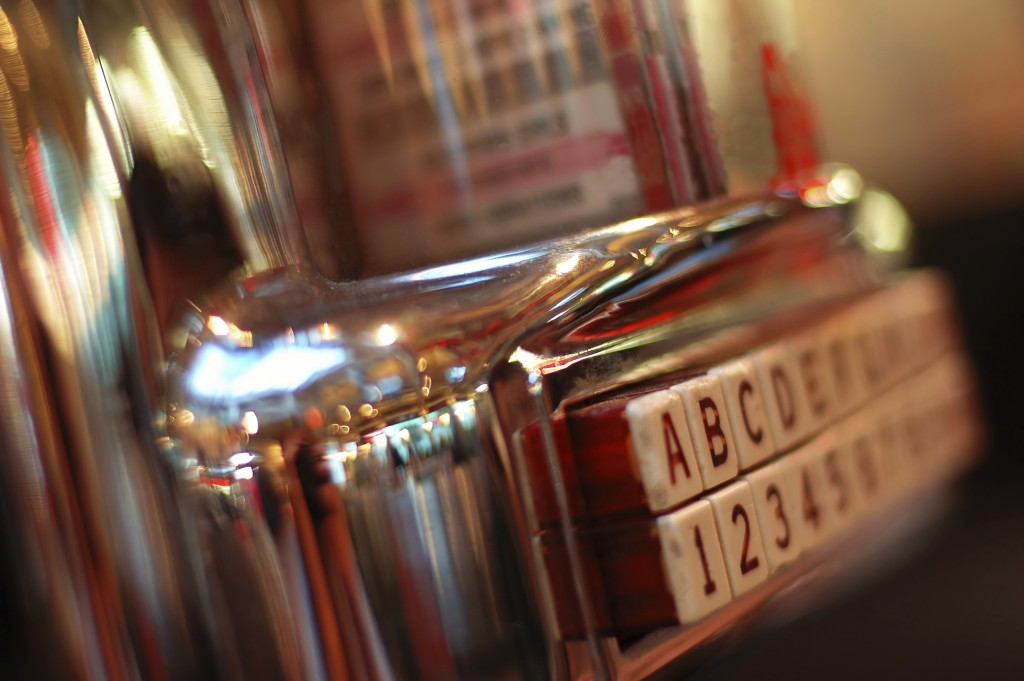Editorial

A well-known U.S. senator is loyally supporting one of his party’s current candidates by suggesting that their campaign people get to work improving the voting public’s “perception” of the person. By using marketing techniques, he’d like to alter what many of the voters in that particular candidate’s jurisdiction have already judged him to be, which, according to a lot of chatter on the media, has been largely negative. As someone said, trying to alter the voters’ perception of this person is like painting an outhouse white and hanging a “nice room for rent” sign on the door. Gratefully, most people can still see it’s an outhouse.
Perception is a combination of facts, opinions, experience, cosmetic appearance and emotions, and there are all sorts of techniques designed to change people’s opinions on anyone or any product without changing the person or thing itself. An example is putting breakfast cereal in a red and yellow box because those are the colors shoppers see first. People might try it once, but if it doesn’t cut the mustard, bye, bye. Sometimes manipulating opinions requires committing an outright lie. At other times, it’s pretty harmless, like when the service station posts a gas price of $2.83.9 when $2.84 is lots closer to the truth.
Take our industry’s jukebox override for example. As trade people know, when two different customers historically punched up the same record before it played the first time, it only played once. Did everyone get what they paid for? Yes. . . and no. When I was a kid, I remember punching up the same title twice in a row and when it only came on once, I thought the machine was glitched. Live and learn. Where else does perception fit into this trade?
What about the public’s perception of a crane or merchandiser? Those who’ve won something before (without investing the weekly paycheck doing it) tend to be positive. But even if your prize bins are loaded with colorful, timely stuff, it’s not going to influence someone whose history with those types of games has been dismal. Just remember that winners make players, and if you play fair, you’ll get a fair return in the cash can. Also, look at the items in the auto-prize machines and sitting in the ticket redemption showcases. Do they entice play? Or does it all look like a con? (By the way, have you seen the Today show segment on cranes? If not, view it here: www.today.com/video/claw-machine-secrets-revealed-is-it-rigged-724165699959.)
The core lesson in coin-op, and even in politics, is that the product or the person itself is its own best ad, and if it actually lives up to its marketing hoopla, all the better. If you the operator run a good show and don’t mind telling customers and potential customers about it in ads, on your website, on social media, etc., you’re styling. But if all that gloss is hiding a something like that outhouse, you’ll not fool folks a second time. The closer your product or your service’s perception is to the actual truth, the better for everyone –– operator, distributor, manufacturer, and end user.

